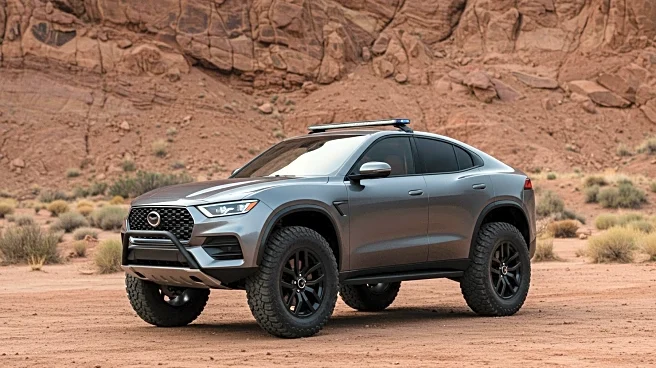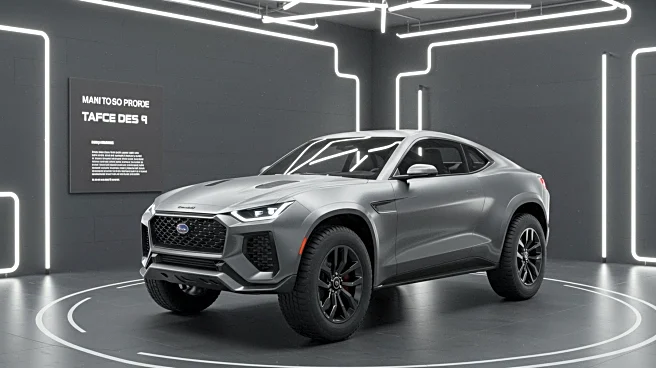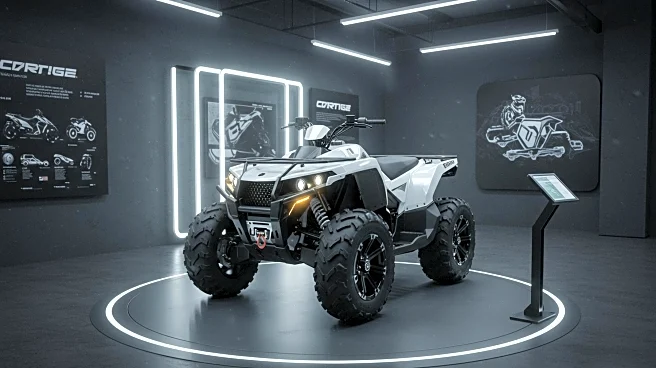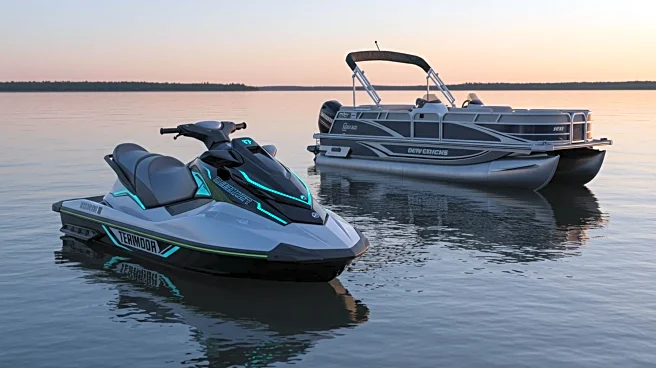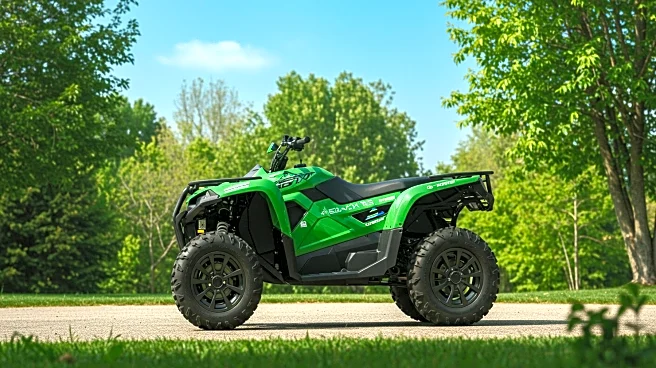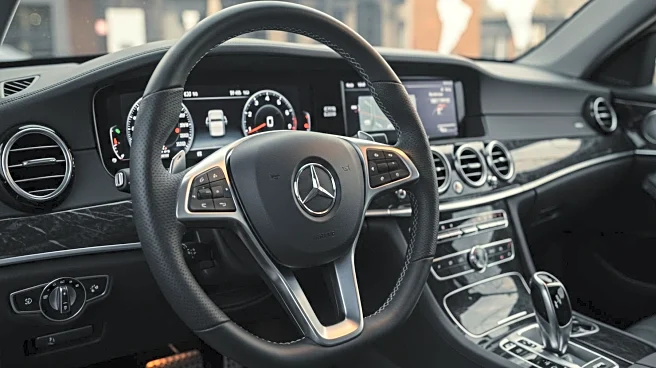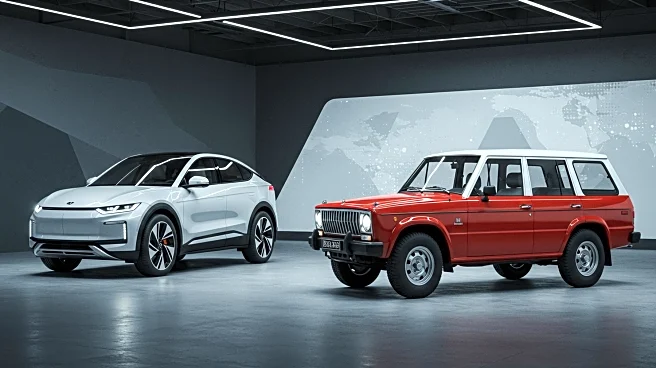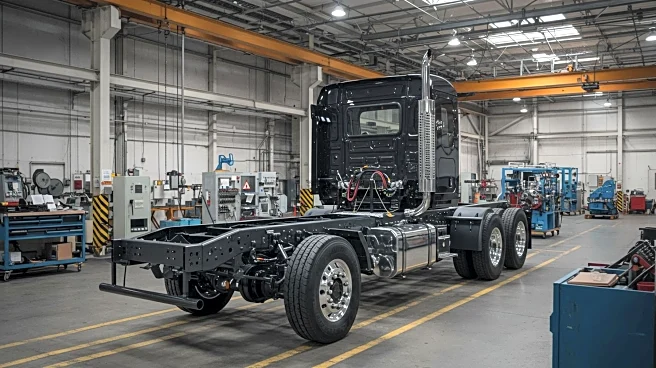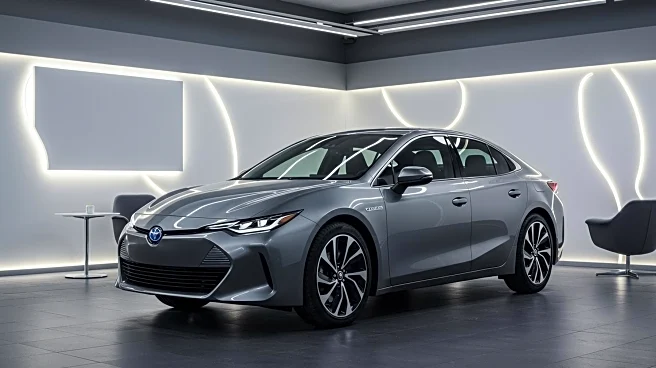What is the story about?
What's Happening?
Can-Am, a brand under BRP Inc., has launched the next generation of its Defender side-by-side vehicle, designed to enhance utility and recreational use. The new model features an all-new HD11 999cc engine, improved transmission, and selectable drive modes to optimize performance for various tasks. The Defender boasts best-in-class payload, towing, and cargo capacity, along with advanced suspension and chassis design for improved handling. The vehicle also includes a 10.25'' touchscreen display with GPS and connectivity features, catering to both work and leisure needs.
Why It's Important?
The launch of the new Can-Am Defender represents a significant advancement in the utility and recreational vehicle market, offering enhanced capabilities for farmers, ranchers, and outdoor enthusiasts. The vehicle's improved performance and technology features may attract a broader customer base, potentially boosting sales for BRP Inc. Additionally, the Defender's versatility and reliability could influence industry standards, prompting competitors to innovate and improve their offerings. This development may also impact the economic landscape, contributing to growth in the powersports sector.
What's Next?
With the introduction of the new Defender, Can-Am is likely to see increased interest and demand from consumers seeking high-performance utility vehicles. The company may focus on expanding its market reach and enhancing its product lineup to maintain competitiveness. Industry stakeholders, including dealers and accessory manufacturers, may respond by offering complementary products and services to capitalize on the Defender's popularity. The powersports market may experience shifts as other brands strive to match Can-Am's technological advancements.
Beyond the Headlines
The new Defender's features highlight the growing trend of integrating advanced technology into utility vehicles, reflecting broader shifts towards connectivity and automation in the automotive industry. This trend may lead to increased consumer expectations for smart features and customization options in vehicles. Additionally, the focus on reducing maintenance costs and extending service intervals aligns with sustainability goals, potentially influencing future product development and industry practices.
AI Generated Content
Do you find this article useful?
